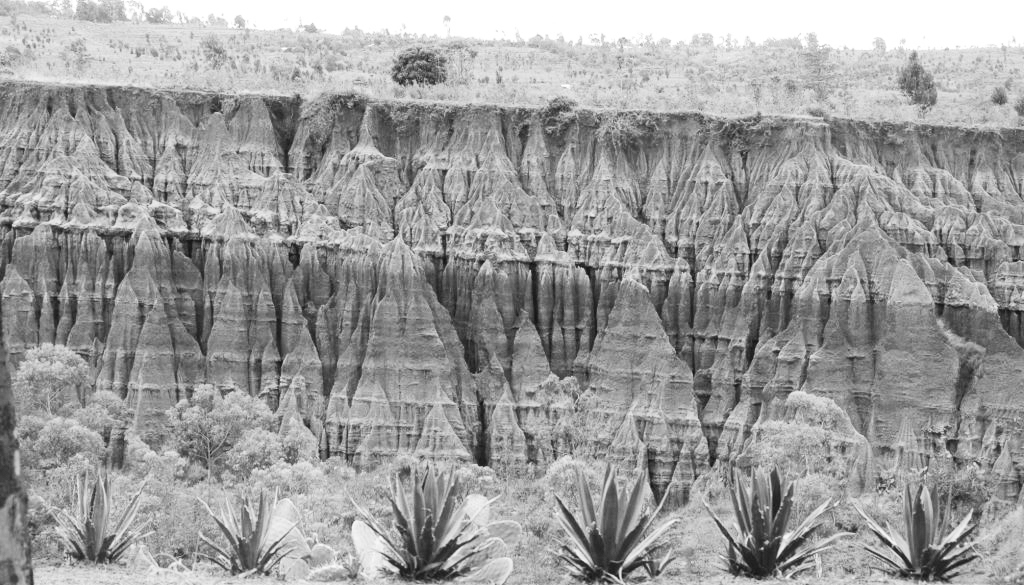
Conserving and protecting heritages plays indispensable role in a given nation to presenting the fingerprint of the given societies and the increment of creativity to the next generation and become center of researches and attraction sites. Some years ago, it was remembered that UNESCO Committee has launched the World Heritage cities to protect and develop the cities in a sustainable manner.
According to The World Heritage Cities Program, it is one of six thematic programs formally approved and monitored by the World Heritage Committee. It aims to assist States Parties in the challenges of protecting and managing their urban heritages. The program is structured along a two-way process, with 1) the development of a theoretical framework for urban heritages conservation, and 2) the provision of technical assistance to States Parties for the implementation of new approaches and schemes.
Communication Director Representative at Ministry of Culture and Tourism, Endegena Desalegn told The Ethiopian Herald that among many cities in the world that were registered in World Heritage Cities, the Harer city and Konso Cultural land scape were grouped the orders.
According to Endegena, persistence of representatives of human history and culture; persistence of finger prints, and unique behavior of the places that are long aged is among the principles of the places to be registered to world heritage cities. In this regard, Harer city is the ancient center of trade, ancient historic Inscriptions, and compounding by Jegole wall that has playing indispensable role to joined world heritage cities. Particularly, the Jegol wall utilized for against the invaders from outside and home, which plays significant role to protect the city’s ancient figures to the present. That is why the city has four ranks in the world heritage cities. However, Konso is not a city; rather it is a unique cultural landscape.
‘’Due to persistence of conflict or war many cities or towns have lost the fingerprints and former status. Therefore, they cannot be registered under world heritage cities. On the other hand, cities like Gonder, Aksum, and Lalibela are not register in the list of heritage cities, but they already host registered heritages like Gonder Fasiledes Palace, Obelisk of Axum, and The Rock-hewn Churches of Lalibela. It means that it is not possible to register twice in a given place under world heritage cities rule’’ he explained.
He further added that, cities that are registered under world heritage then it has much significance for the city in a particular and country in general. Of these significances, increasing tourist flow, become center of researches, and conserve and develop by UNESCO.
On the other hand, The Ministry needs other research in order to identify other historical places so as to make them be registered as world heritage cities while it is crucial to ensure sustainable profit from it, Endegena stated.
An article ‘’Some Notes on The Great of Wolayeta and Dewaro Walls’’, written by Hailu Zeleke, Historical Archaeologist Expert at Authority for The Research and Conservation of Cultural Heritage (ARCCH) on his part said The stone fortifications of Halala that are found at the sites mentioned above were made with basaltic stones.
‘’ Halala Keelaa or the “Wall of Halala” Locals claim that the wall was built during the reign of Kati Halala to protect Dawro’s frontiers from outside invaders. This stone fortification was constructed on the Gofa, Wolayta, Kembata, Kaffa and Jimma frontiers. Dawro’s elders also claim that the total length of the wall of Halala is about 170 km. Local legends collected in Wolayta and Dawro tell that big boulders were cut into pieces and were utilized for the construction of the stone ramparts, and that no mortar was used. Two to seven rows of stone fortifications are still observed in some areas.
Elders from Dawro claim that seven rows of stone ramparts are still observed, for example, between Keyel and Zaba Garaba in Dawro Zone, SNNP Region along the Kembata, Wolayta and Gofa frontiers. The elders claim that this is a better- fortified and better-constructed section of the wall of Halala. Oral history among the Dawro also hold that the Halala Keelaa originally had seven gates’’ he stated on the article.
The Ethiopian Herald June 27, 2020
BY MESERET BEHAILU




